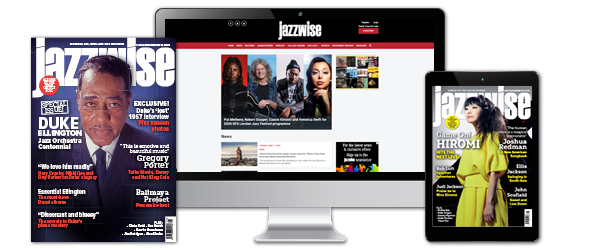Logan Richardson | Afrofuturism: “Our choice should be to love and understand, each one of us...”
Tuesday, June 1, 2021
The multi-talented Logan Richardson’s new album Afrofuturism has been winning plaudits for its category-defying eclecticism and savvy use of technology. Is this what the future of jazz sounds like? Selwyn Harris, catching up with Richardson via a transatlantic phone call, thinks that it could well be…


Register now to continue reading

Thank you for visiting Jazzwise.co.uk. Sign up for a free account today to enjoy the following benefits:
- Free access to 3 subscriber-only articles per month
- Unlimited access to our news, live reviews and artist pages
- Free email newsletter
